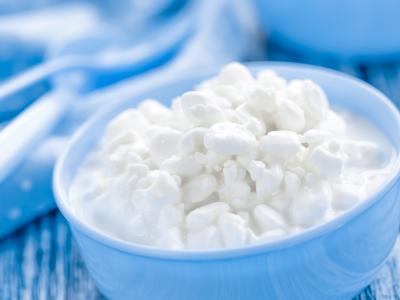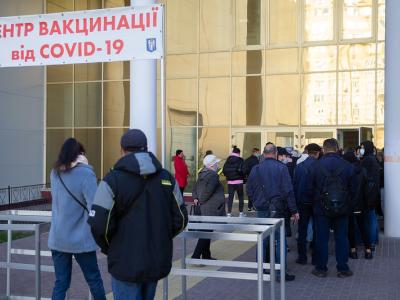A new study shows good results in patients with severe COVID-19 for abatacept, an anti-inflammatory immunomodulating drug used to treat psoriatic arthritis, according to findings published yesterday in JAMA Network Open.
The study was based on results seen among 395 hospitalized patients in the ACTIV-1 IM randomized clinical trial, designed to assess the efficacy of abatacept, which inhibits T-cell activation, reducing multiple inflammatory cytokines. A previous ACTIV-1 trial showed the drug decreased mortality in hospitalized patients with COVID-19, but optimal dosing of the drug based on body weight is still unknown, the authors said.
"Because increased body weight is a risk factor for severe COVID-19 and is associated with increased abatacept clearance (CL), it is possible that the pharmacokinetics of abatacept may be different in hospitalized patients with COVID-19," the authors said.
Increased doses linked to recovery
Abatacept was administered to enrolled participants on day 1 as a single 10-milligram (mg)-per-kilogram intravenous infusion, with a maximum dose of 1,000 mg. At least two blood samples were collected through day 28, with clinical outcomes also assessed over 4 weeks.
Over the course of the study, 320 patients (81.0%) recovered, 32 (8.1%) did not recover, and 43 (10.9%) died. Every 5,000-unit increase of abatacept was associated with a higher probability of recovery at day 28, with a hazard ratio of 2.63 (95% confidence interval [CI], 1.70 to 4.08).
Overall, participants with higher abatacept exposure had improved outcomes with fewer safety events. Increased levels of the drug were associated with lower odds of a composite safety event at 28 days (odds ratio, 0.46; 95% CI, 0.33 to 0.63).
A higher-dose abatacept regimen would be necessary for most patients to achieve the exposure that resulted in optimal benefit.
"A higher-dose abatacept regimen would be necessary for most patients to achieve the exposure that resulted in optimal benefit derived from this ACTIV-1 IM cohort," the authors concluded.
.jpg)















